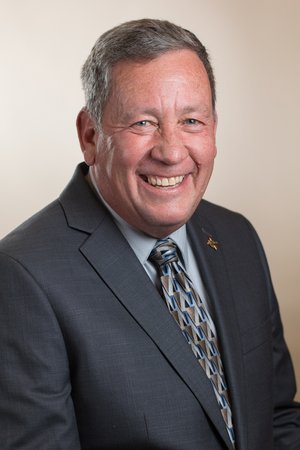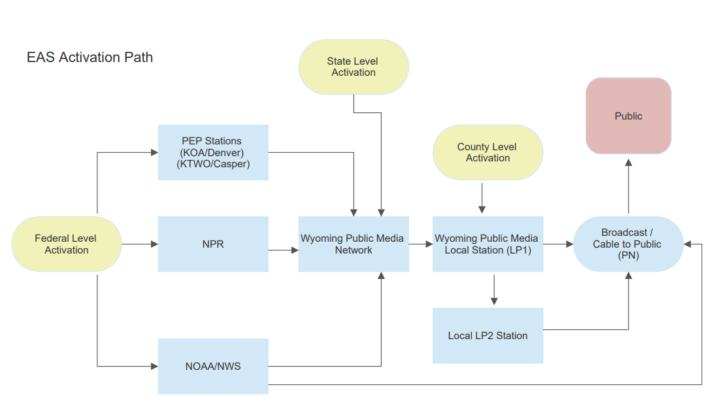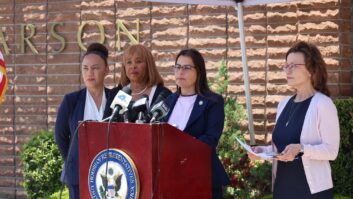Most State Emergency Communications Committees (SECC) have submitted their state EAS plans as required by the FCC.
Part of the FCC’s EAS evolution for improving emergency alerting is having states utilize the new Alert Reporting Service (ARS). The ARS is an in-house online filing system adopted by the FCC in 2018 to modernize State EAS Plan submissions and create uniformity.
To help evaluate the response to the new procedures, we share replies from Paul Montoya. He’s the state chairman of the Wyoming SECC.

Radio World: What was your experience using the ARS to file Wyoming’s new state EAS plan?
Paul Montoya: The ARS system was a little tedious to use. I used the system’s upload process for setting alert codes. This seemed to work well with no issues once I got the formatting in the template correct.
The ARS system allows two ways to enter Presidential Alert Monitoring Assignments. One is to use the FCC Excel template, complete the template, then batch import the whole spreadsheet. The other option is to manually enter each station and monitoring information directly. I chose the latter in order to look at each station more closely.
I know the assignments are not perfect. However, with the annual review, we can continue to tweak things as needed.
[Related: “Not All SECCs Have Submitted State EAS Plans“]
RW: Was Wyoming’s SECC active prior to the FCC’s recent rule update?
Montoya: We are a newly-formed group and have made significant changes to our state plan. In the past, the plan has been administered by the state broadcast association. The plan has not been very functional, especially for national or statewide alerts and testing.
We tried to include a wide cross section of members on the committee. I advise states to make up their committee with representatives from all groups that will be involved with sending and receiving alerts. And to be aware of all people groups that need to be alerted.
RW: What were some of the major changes to the Wyoming state EAS plan?
Montoya: In an effort to allow direct alerting from our county emergency managers, we went from 11 to 23 operational areas. The new operational areas are identical to the county numbering we use in the state.
In addition, the LP1 station in each operational area is a Wyoming Public Media (WYM) station. This allows us to now use the WPM network as a backbone for statewide and national alerts.

RW: Any other changes or improvements at the state level?
Montoya: Each county emergency manager now has direct access to their LP1 station in the area for alerting their county residents directly.
And each LP2 (secondary broadcast station) in the area has a high-power FM signal with program origination within the county. We have eliminated using AM signals because of the difficulty PN (participating) stations have had monitoring these signals due to higher noise levels in the AM band and many times the low power of these stations.
RW: Do you have any recommendations for improvements to the national system?
Montoya: My criticism of the current national system would be the continued use of AM stations for PEP. In states like Wyoming it is almost impossible to monitor our PEP stations − KTWO(AM) in Casper, Wyo., and KOA(AM) in Denver. This is a system that should be abandoned.
(Editors note: Montoya is director of engineering for Wyoming Public Media)







